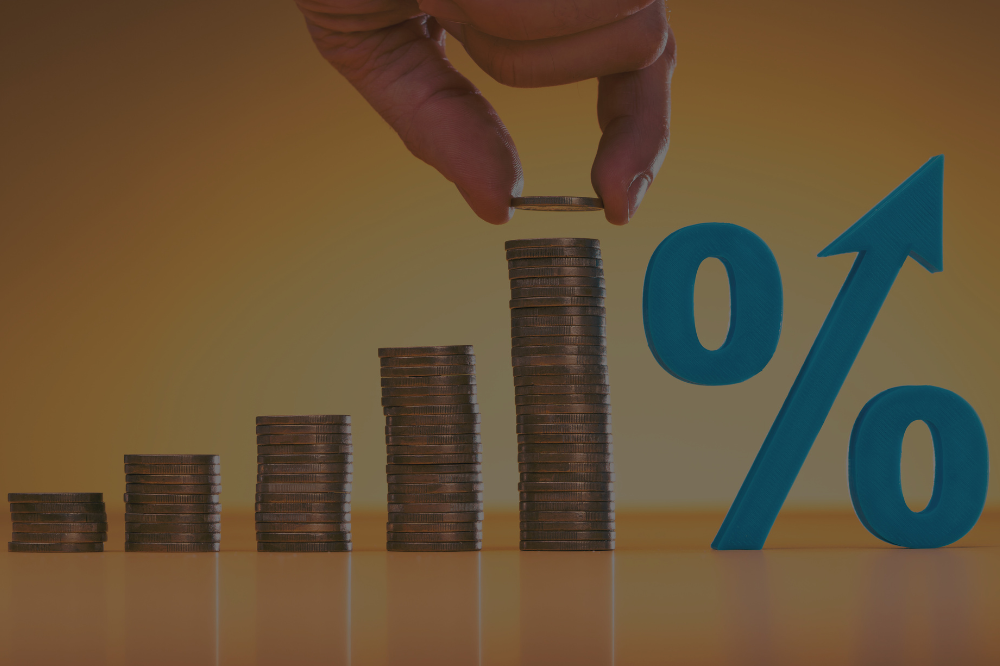Do you know how Federal Reserve interest rate cut can affect you? Find out how to make the most out of it!
The Federal Reserve announced that it will keep interest rates unchanged. However, recent economic growth and decreasing inflation suggest a potential rate cut in September, which would be good news for Americans burdened with high interest costs.
Fed Chair Jerome Powell stated that a rate cut could happen at the next meeting if economic data supports it. Brett House, an economics professor at Columbia Business School, noted that inflation is decreasing, growth is stabilizing, and price pressures are easing. This could make consumers feel optimistic about the economy.
House explained that the first rate cut may not have a significant impact on people’s finances immediately but could mark the beginning of a series of cuts. This could potentially bring the Fed’s rate from the current 5.25%-5.50% range to below 4% by the end of the next year, according to some experts.
How Does The Federal Reserve Interest Rate Cut Affect You?
Since the COVID-19 pandemic, inflation has been a persistent issue, leading to the highest price increases in over 40 years. In response, the Fed raised interest rates significantly, which in turn increased borrowing costs for consumers, putting financial pressure on many households.
As the Fed considers lowering rates in September, consumers might see a decrease in borrowing costs. The federal funds rate, which influences the rates at which banks lend to each other, indirectly affects consumer borrowing and savings rates.
Credit Cards
Credit card rates, which are typically variable, are closely tied to the Fed’s benchmark rate. Due to recent rate hikes, the average credit card interest rate has increased from 16.34% in March 2022 to over 20%, approaching a record high.
As living costs rise, more households are accumulating credit card debt, with many struggling to make payments. A report from the Philadelphia Federal Reserve indicated a record increase in credit card delinquencies and revolving debt balances.
When the Fed cuts rates, credit card annual percentage rates (APRs) will start to decline, but they will likely remain high. Greg McBride, chief financial analyst at Bankrate.com, emphasized that the reduction won’t be fast enough to provide immediate relief for those in financial difficulty.
Matt Schulz, chief credit analyst at LendingTree, suggests that individuals with credit card debt can take proactive steps, such as applying for a 0% balance transfer card or a low-interest personal loan, or negotiating a lower interest rate with their card issuer.
Mortgage Rates
While mortgage rates for 15- and 30-year loans are generally fixed and influenced by Treasury yields and the broader economy, they are also partly affected by the Fed’s policies. Home loan rates have already begun to fall in anticipation of an economic slowdown prompted by the Fed.
Currently, the average rate for a 30-year fixed-rate mortgage is at 6.86%, according to Bankrate. Jacob Channel, a senior economist at LendingTree, noted that if positive economic trends continue, mortgage rates could decrease further, potentially reaching around 6% by the end of the year.
Auto Loans
Auto loans typically have fixed rates, but rising interest rates and car prices have led to higher monthly payments. The average rate for a five-year new car loan is now nearly 8%, according to Bankrate. McBride mentioned that improving one’s credit score could result in more favorable loan terms, as even a slight reduction in rates might not significantly impact monthly payments.
Student Loans
Federal student loan rates are fixed, so most borrowers won’t immediately feel the effects of the Fed’s decisions. However, new direct federal loans for undergraduates have seen rate increases, with the 2024-2025 rate at 6.53%, the highest in at least a decade.
Private student loans, which often have variable rates tied to benchmarks like the prime rate, may see fluctuating interest costs. Federal borrowers can explore options like deferments or income-based repayment plans, while private borrowers might consider refinancing if rates drop.
Savings Rates
While the Fed doesn’t directly set deposit rates, they tend to follow changes in the federal funds rate. Currently, top-yielding online savings accounts offer rates up to 5.5%, providing a good return above the inflation rate. However, these rates are expected to decrease if the Fed lowers its benchmark rate.
McBride suggests that those interested in certificates of deposit (CDs) should act now to lock in current high rates, as they are unlikely to improve. Currently, a top-yielding one-year CD offers over 5.3%, similar to high-yield savings accounts.

